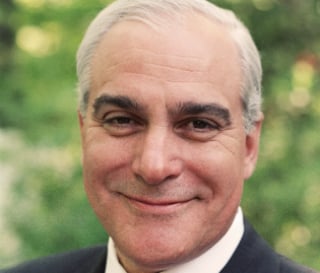Technology, innovation, and the pandemic are altering the competitive environment. The COVID-19 virus and its mutations have created a structural change in the type of leadership that is required. The workforce is rejecting leadership that doesn’t engage, communicate, and deliver a culture of respect. They are speaking with enormous force with their feet. Attracting talented people will be a differentiator immediately. Effective people have options today and no longer tolerate disengaged leaders.
The effective implementation of any strategic plan only happens when employees truly understand it, realize how it impacts their job, and how their work contributes to the execution of the strategy. A healthy, engaged, and resilient culture and clear, open communication will provide your organization with the foundation to succeed. In such a culture, employees have both personal autonomy in decision-making and alignment with the organization’s goals. They are most productive when they feel they are heard and are empowered to do what is best for both the member and the organization.
Consider conducting your own personal communication audit. As we enter the new year, it’s time to compress and prioritize your time commitments. Example, this Sunday morning, I looked at my inbox and there were seventy-five incoming emails from political candidates, marketing materials and financial institutions that were not relevant. For me to avoid unnecessary disruptions, I deleted all content that was not additive to my thinking.
This exercise enabled me to focus on what’s important. It requires thought to decide who you want to connect with, and which relationships are key. Think hard about the quality of the messaging you send out. Is it clear, direct and on point? Does it close with an invitation for people to share their thinking with you? For effective engagement of people’s brains and minds you need to have a rhythm of communication with key constituents. And make sure that your behaviors match your words.
Your mission, vision, and values are not just buzz words or rhetoric. The mission is the reason your organization exists. The vision describes what success looks like in the future and is aspirational. Together they define where you are headed. Strategy provides the roadmap for the key drivers that have been prioritized to achieve your vision. Values are your guideposts along the way. They are the spoken and unspoken beliefs that form behavioral norms.
A successful strategy rests on this three-legged stool of mission, vision, and values. Your strategic plan must be discussed on a regular basis. Every effective board of directors carves out some time at each meeting to discuss strategy and results achieved.
Framing your strategy and directing its execution requires the CEO’s and senior management’s strong visible leadership, support, and openness. The old-fashioned command-and-control approach, in which detailed plans are formulated and handed down annually from above, does not work anymore. Open and clear communication is critical. Well-articulated mission, vision, and values and the strategy that arises from them, means everyone understands what the organization is trying to achieve.
Focusing on your organizational culture is not an optional exercise. It has become mandatory to establishing the right environment that will attract and retain talent, encourage feedback from employees that will enable them to function and thrive, as well as create a trusting workplace.
Looking in the mirror is difficult. It’s often painful to see what needs to change and then to have the courage and the patience to weather the long and challenging path forward. But changes will need to occur in C-suite leadership and senior leadership, as well as on credit union boards. Governance priorities need to be established. It’s not enough anymore to assume that just showing up is what’s required. Having the strength to truly observe what needs to change and then adjusting behaviors, processes and procedures takes time and energy. But establishing the right habits and muscle memory for change is the key. And having the strength and ability to regularly strategically communicate where you want to go and why and what the opportunities and expectations are, will ensure the successful achievement of your desired goals.







